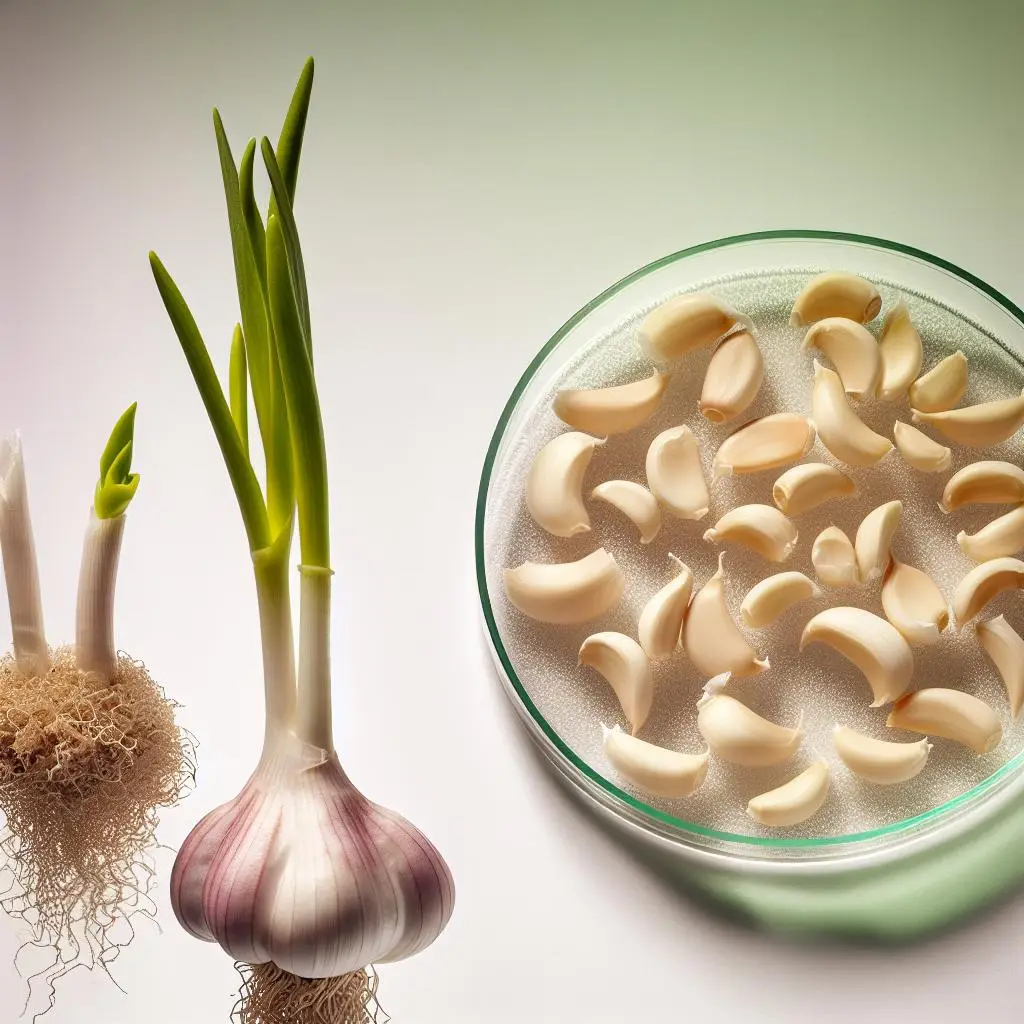The Science Behind Garlic’s Distinctive Aroma
Garlic’s pungent smell is one of its most iconic features, captivating chefs and home cooks alike. But have you ever wondered what makes garlic smell so unique and how this aroma interacts with our senses? The answer lies in its complex chemistry, rooted in sulfur compounds that have evolved over thousands of years to serve both culinary and defensive purposes.
The Chemistry of Garlic Odor
At the heart of garlic’s aroma are sulfur-containing molecules, primarily allicin and its derivatives. When garlic is chopped or crushed, the enzyme alliinase is activated, transforming alliin into allicin, which is responsible for that sharp, pungent smell. As garlic cooks, allicin breaks down into other sulfur compounds like diallyl disulfide and diallyl trisulfide, which contribute to its rich, layered aroma.
How Our Senses Detect Garlic’s Aroma
Our olfactory system is finely tuned to detect sulfur compounds, which are often associated with both food and potential toxins. The volatile molecules released from garlic travel through the air and bind to receptors in our nasal cavity, triggering signals to the brain that interpret the smell as pungent, spicy, and sometimes even slightly sweet. Interestingly, the strength and perception of garlic’s aroma can vary based on genetic factors, cultural exposure, and even the way garlic is prepared.
A Cultural and Historical Perspective
Throughout history, garlic’s aroma has played a significant role in rituals, medicine, and cuisine. Ancient Egyptians revered garlic not only for its flavour but also for its protective properties—its smell was believed to ward off evil spirits and disease. In traditional Chinese medicine, garlic’s scent was linked to its ability to stimulate the body’s energy flow. Today, garlic remains a staple in global kitchens, its aroma a symbol of flavour, health, and tradition.
Practical Uses and Modern Science
Modern research continues to explore garlic’s aromatic compounds for health benefits, including its antimicrobial and cardiovascular properties. Interestingly, some chefs and food scientists are experimenting with how the aroma influences our appetite and mood, with studies suggesting that the smell of garlic can stimulate salivation and enhance the flavour experience. For those interested in exploring garlic’s aroma firsthand, try using a garlic press or garlic tools to release those aromatic compounds and elevate your cooking.
Conclusion: The Surprising Power of Garlic’s Aroma
Garlic’s aroma is more than just a sensory delight; it’s a complex interplay of chemistry, culture, and history that has shaped human life for millennia. Its scent can evoke memories, influence emotions, and even serve as a natural health booster. Next time you crush a clove, remember—you’re releasing a tiny molecule with a powerful story that spans science, tradition, and the art of flavour. Curious to explore more fragrant garlic innovations? Discover our range of garlic products and infuse your culinary journey with the essence of this remarkable herb.
















